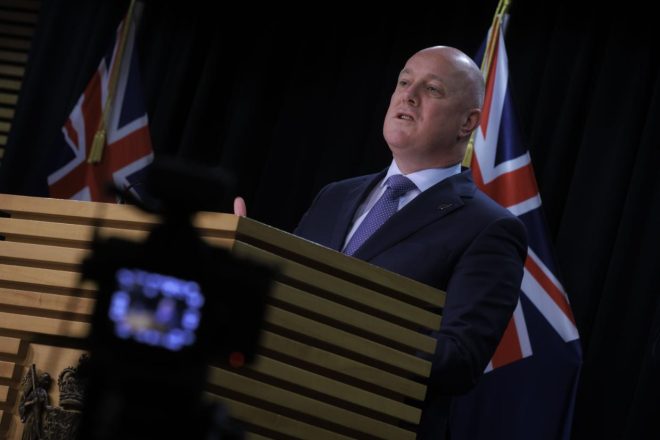《条约原则法案》越来越接近议会。内阁周一对此进行了讨论,并计划在11月推出。该法案旨在改变Te Tiriti o Waitangi的原则,将重点放在财产权而不是土著权利上。它由司法部副部长戴维·西摩领导。
总理克里斯托弗·卢克森提到,尽管国民党不会支持该法案成为法律,但他们将同意对其内容进行公开调查。在过去的全国各地事件中,Luxon因该法案受到批评。他试图解决这个问题,说National只在一读时支持该法案。
周一,在内阁讨论之后,卢克森确认不会就该条约的原则举行全民公决。他说:“我们支持一项法案直至一读。它将在11月上市。” 重申了National的有限支持。
对该法案的反对越来越多。400多位基督教领袖签署了一封信,要求政府放弃该协议。他们警告说,该法案可能会伤害新西兰的奥特亚罗瓦,并强调教会有责任维护怀唐伊蒂蒂的法力。他们敦促国会议员阻止该法案提交特别委员会。
工党的威利·杰克逊也批评了该法案,称该法案不应进入议会,并呼吁国民党部长们反对该法案。但是,卢克森表示,他不会停止该法案,并支持让议会委员会对其进行审查。
卢克森解释说,《条约原则法案》是联盟谈判期间的一个重要问题,需要时间才能解决。西摩建议,讨论应等到该法案提交议会,声称该法案将确认 “所有人都有平等的权利”。


















































-360x245.jpg)









